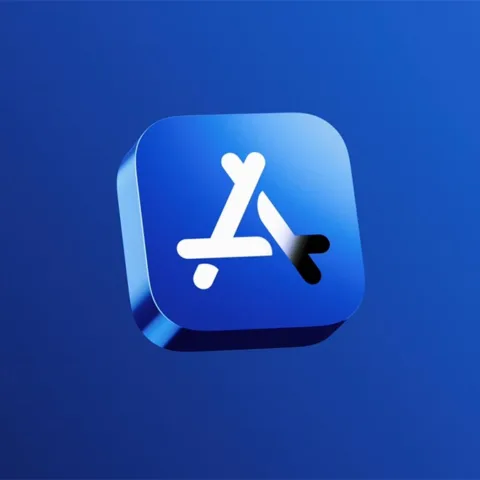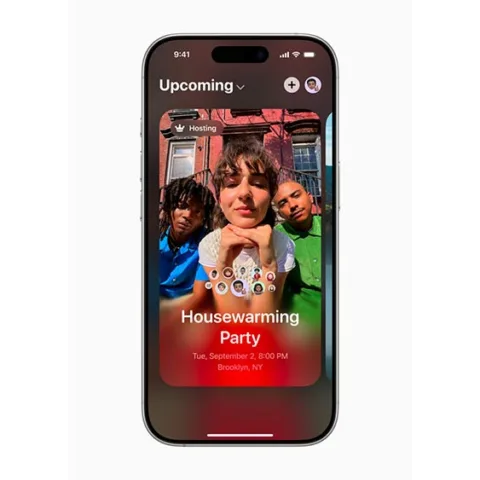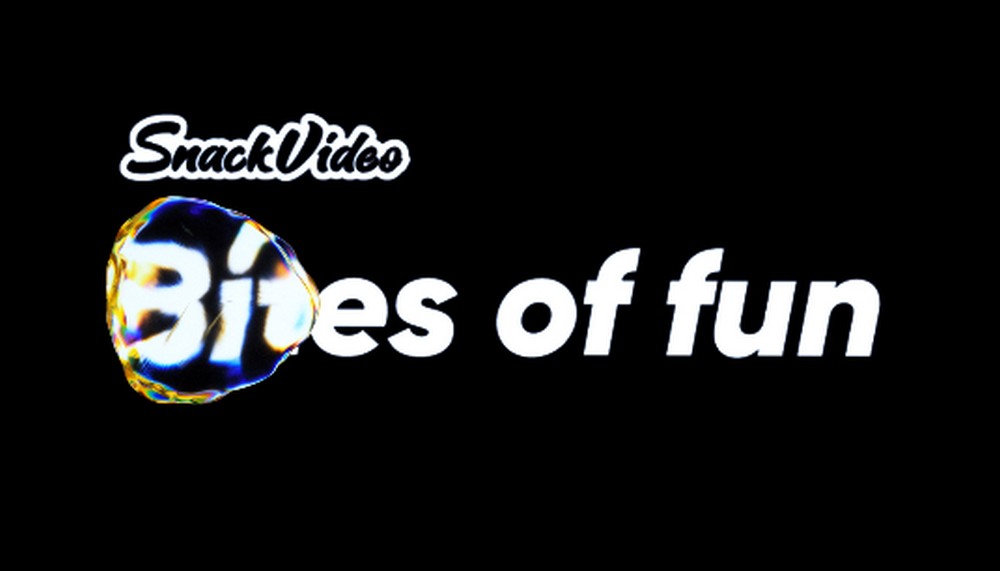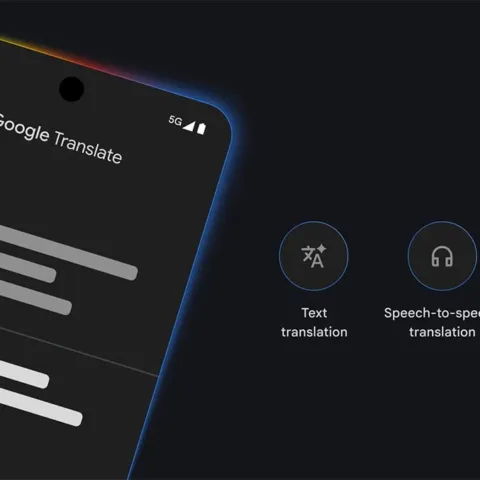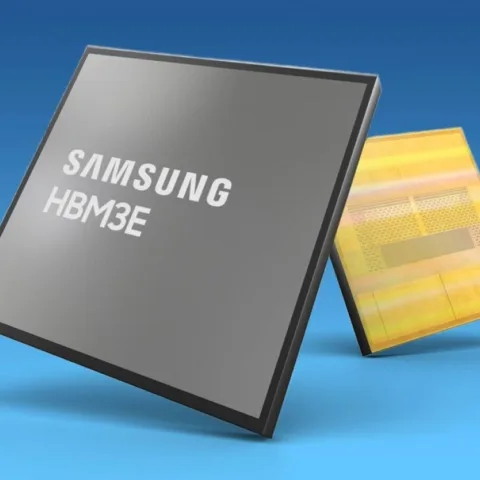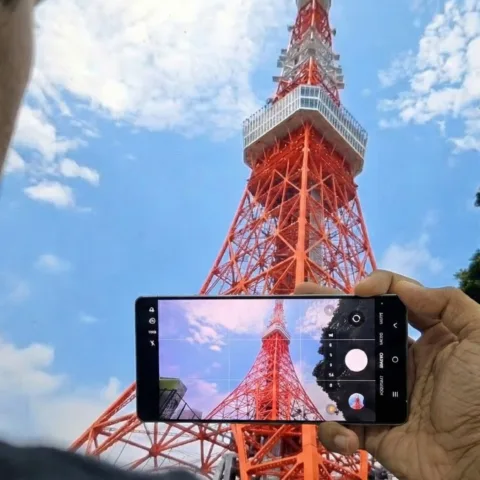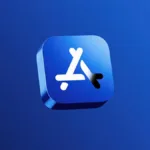 I’m doing blog walking rituals and found an article on TechCrunch that makes me think about the local made application. I won’t discuss about the points discussed in the article, but the article reminded me that there are many applications out there and they all fought to get users, both locally and internationally.
I’m doing blog walking rituals and found an article on TechCrunch that makes me think about the local made application. I won’t discuss about the points discussed in the article, but the article reminded me that there are many applications out there and they all fought to get users, both locally and internationally.
When we are talking about local applications in particular (especially those targeting local user in Indonesia) the article also indirectly reminded that local application also has a fierce fighting journey, not only in international markets but especially in the local – Indonesia market a well. I also feel that the usage applications ecosystem in Indonesia is still immature and still on the early stage.
General Users
I am referring to the users in the local market that are not part of the early adopter and tech savvy. For users in these two groups, they may not need to be explained in detail on how to use apps and learn the environment, because the behavior of those around them is supportive and they can search for information independently. Surely users outside these two groups can be becoming a targeted market which is still wide open.
So how many local applications (games, productivity applications and various other applications) can be known and used by most users/public in Indonesia? Should it take one application spot review that contains a complete list of local applications (using the rating nd a good review system)?
Is there some kind Getjar but specifically intended for Indonesian local applications which may contain a local applications variety list for multiple platforms? Is it necessary to have a promo strategy together like one of the service facilities developed in BlogTemen.me?
Customer Education
The fundamental question of above questions is about who can explain to users and prospective users that are not accustomed to or those who are new to the applications environment, the available information about any local applications, payment that can be done and various other things .
Like selling consumer goods, the application can be promoted like a those product. It was also described by one of Google representative at the recent Google DevFest 2011 some time ago by taking the example of Android Market.
Each app store also has their own policies and ecosystems, as well as ways to display the featured apps, providing ratings and the completeness for applications promo. This is all taking effect to the level of adoption and knowledge of application users that will result in the number of downloads or application sales.
Marketing Activities and Market Opportunities
It is true that competition should be faced with a clever tactic, but I think the education of using the application is still not optimally taught in Indonesia. As an example, several times I heard the costumers who willing to buy iDevice mobile devices such as iPod, iPhone or iPad, but they don’t understand how the ecosystem works; well at least from the application downloads or proprietary Apple ID.
Some ways as well as educational activities may be conducted by the famous brands such Nokia, RIM, Samsung and various other brands that could explain which local application is available and which can be used. Telecommunication operators could also continue improving the education promotion for the various applications.
In the past we often see local application icon in the TVC, it might be a time to introduce intensively and to do feature certain applications in a certain time through the program data packets or their (telcos) promos, for example in the SMS or exhibition booth.
One thing for sure is the marketing process (not just sales and promotions) needs to be studied and carried out more intensively for the apps developers or game studios who market their games by their own (not via publisher). It is like “prevention is better than a cure”. For those who play in the smartphone segment or feature phone and lower – middle mobile as well, the opportunity to put more and more applications is open. Blaast, Nokia (to say a few names mentioned) as they are also ready to provide various applications and ecosystems that can be selected by the developers. The low price mobile device either from RIM or the Android-based (Samsung, LG, Nexian and various other brands) also provides application development opportunities.
The 2012 invasion of smart hones or mobile device that can run the application with technical criteria (with the strength and weakness) and could be an option to perform activities of productivity, entertainment comes in the form of application will be increasingly bombarded the Indonesian market. With the increase of the number of applications, surely the appropriate marketing strategies (even when the application is free of charge) need to be prepared, developed, executed and evaluated.
[Image]

